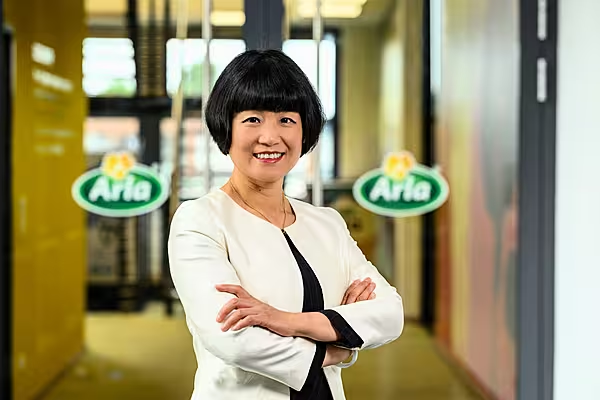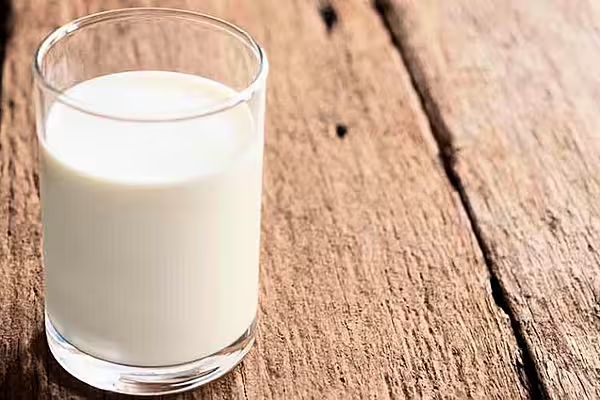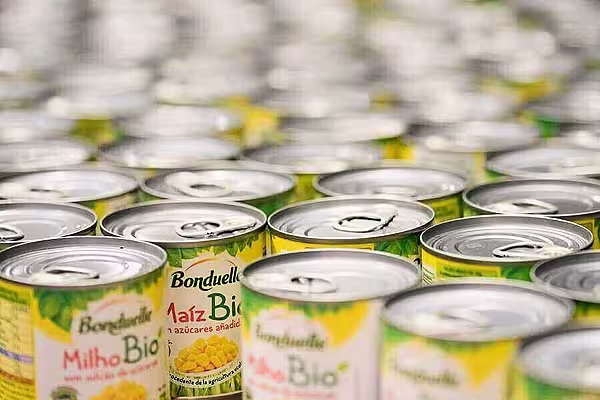Regardless of whether you’re a parent, an environmentalist, or just a plain old shopper, chances are you’ve gazed out over the supermarket produce section and asked yourself, “Should I buy organic?” Everyone’s heard of the scary chemicals used by agribusiness to keep your apples worm-free—it’s what generates the fear that makes organic produce lucrative. In exchange for more money, consumers are told they can have pesticide-free peace of mind.
On Wednesday, the Environmental Working Group (which calls itself a nonpartisan organisation aimed at protecting human health and the environment) released its annual ranking of the best (“Clean Fifteen”) and the worst (“Dirty Dozen”) produce when it comes to pesticide content.
The list is meant to be a tool for the consumer: if your favourite fruit is among the Dirty Dozen, the thinking goes, you’d be safer buying organic. Strawberries and spinach hold the top two spots in this year’s Dirty Dozen—more than 98% of samples tested positive for pesticide residue. One sample of strawberries, the report states, came with 20 different pesticides, while spinach samples had on average double the amount of pesticide residue by weight as any of the other crops reviewed.
When buying conventional, the guide says, try to stick with the Clean Fifteen: These fruits and vegetables, including sweet corn, mangoes, eggplant, and cabbage, had the fewest pesticides present and in the lowest concentrations. The guide also helps shoppers feel as if they are saving money safely: You don’t need to cough up extra cash for already expensive avocados, for example, because only 1% had detectable pesticide.
But experts in pesticides and toxicology say this annual list, seen as helpful for sales of organic produce, oversimplifies a complicated issue. Just because pesticides are on an apple doesn’t mean the apple is dangerous.
Meanwhile, critics say, the EWG survey muddies what is a much more important message for American consumers: Eat more fruits and vegetables. Period. In fact, organic marketing that emphasises the perceived threat of pesticide residue could be dissuading some consumers from buying fruits and vegetables at all. And that’s really not healthy.
‘It’s the dose that makes the poison’
One critic of the list is Carl Winter, director of the FoodSafe Program at the University of California, Davis. In 2011, he co-authored a study concluding that the level of pesticides consumers were exposed to via the Dirty Dozen was negligible.
What’s more, they found that organic produce had some pesticide residue, too. And finally, they reported, EWG’s methodology “does not appear to follow any established scientific procedures.”
Take the bell pepper. According to EWG’s 2010 report, it had high levels of the organophosphate insecticide methamidophos. Organophosphates can be very dangerous, and even mild poisoning can cause vomiting and chest tightness.
But Winter found that the reference dose (RfD), or the highest acceptable level of a toxin that can be consumed orally, as set by the US Environmental Protection Agency, was almost 50 times higher than what was found on those bell peppers.
Sonya Lunder, an EWG senior analyst, acknowledged Winter’s report but advised “caution that the EPA’s continued efforts to revoke tolerances—specifically for neurotoxic insecticides—is a sign that some pesticides do pose a safety risk in the food supply.”
Other studies do support the EWG—to a point. In 2011, three reports showed prenatal exposure to organophosphates had a measurable impact on a child’s neurological development, including lowering their IQ by an average of as much as seven points.
The independent studies began during pregnancy and followed the children until they were seven years old, both in low income New York City neighbourhoods where they were exposed through home pesticide use, and in California’s Salinas Valley, America’s No. 1 vegetable-growing region. The studies showed that prenatal exposure to organophosphates (as opposed to consumption of food tainted by it) is likely to have long-term, deleterious impacts on children.
In 2015, another study compared organophosphate byproducts in the urine of conventional produce consumers with those in the urine of organic consumers. Not surprisingly, organic fans showed lower levels. But, says Cynthia Curl, an assistant professor at Boise State University and the study’s lead author, there isn’t firm evidence that organic eaters were any healthier in the end.
“An organic diet dramatically and immediately reduces or eliminates exposure to organophosphates,” Curl said. “Is that enough to lead to a measurable health difference? That’s what we don’t know.”
In other words, working in a field or living in a home where pesticides are sprayed isn’t the same as eating a fruit or vegetable with just a little bit of residue, and even less after it’s been washed or cooked or both.
Winter points to the old toxicologist adage: “It’s the dose that makes the poison.”
Organic does not mean pesticide-free
Testing has shown that organic produce sometimes has pesticide residue, both chemicals approved for use in organic agriculture and those coming through drift, irrigation, and other kinds of “inadvertent contamination,” Winter said in a 2012 study, “Pesticide Residues in Imported, Organic and ‘Suspect’ Fruits and Vegetables.”
In 2010, for example, the California Department of Pesticide Regulation analysed 137 organic produce samples and found 20 of them, or 14.6%, had pesticide residue, including seven that had higher levels than would be allowed under the rules of the US National Organic Program. Winter’s conclusion: organic produce has lower levels of pesticides than conventional produce, but none of it is worth worrying about.
The EWG doesn’t include testing on organic produce in its calculations, and Lunder points out that the testing that has been done involves many fewer samples. Plus, says Curl from Boise State, the pesticides most people are concerned with, such as organophosphates, aren’t used in organic agriculture at all.
As for long-term buildup, Winter says the studies that set allowable levels take that into account and are done over long periods of time. “Our typical exposure is often 100,000 times lower than levels that show no effect in lab animals who have been fed the chemicals on a daily basis throughout their lifetime.”
How organic marketing may help—and hurt
Curl concedes that the EWG list remains helpful for consumers despite its shortcomings. “If you are concerned about reducing your level of exposure to pesticides,” she says, “eating organic is one way to do that."
One misperception about the value of organic foods, says Michael Joseph, chief executive of Green Chef, a certified organic meal kit company, is that consumer pesticide exposure is the overriding concern. Eating organic means supporting an industry that uses less harmful chemicals, and that’s good for soil health, minimizing runoff into waterways.
“I’ve been down in Costa Rica to conventional banana fields where what’s happening is you wind up polluting that local water system and make it unusable for a local population,” he says.
But Winter said lists leveraging the fear of pesticides might be doing harm to the most vulnerable.
In a study published in late 2016 that surveyed more than 600 low-income household shoppers in the greater Chicago area, one reason people avoided buying fruits and vegetables was because of publicity about pesticides levels in non-organic options.
In response to several statements about the differences between organic and conventional fruits and vegetables—including assertions that organics weren’t more nutritious and that both may have safe, low levels of pesticides—the statement citing the Dirty Dozen list “elicited the greatest number of people to choose ‘less likely’ to purchase any type of fruits or vegetables.”
Put simply, fear of pesticides can drive people away from fruits and vegetables in general. And even EWG recognizes that’s a bad result. (“Eating conventionally grown produce is far better than skipping fruits and vegetables,” the group said in its 2016 report.)
“We know so much about the health benefits of eating fruits and vegetables and there’s so much uncertainty about levels of residues,” Curl said. “I never want my work to be interpreted as we shouldn’t eat fruits and vegetables because we can't afford organic.”
News by Bloomberg, edited by ESM. Click subscribe to sign up to ESM: The European Supermarket Magazine.














